In farming, you get out what you put in.
In the case of Clemson’s Students for Stewardship, they have put in over 1,000 hours of work and ended up with the Hunnicutt Food Forest.
Students for Stewardship serves the community through ecology-based projects with an emphasis on the practice of regenerative agriculture.
Regenerative agriculture is designed to preserve the microbiome of living soil through its no-till, no-spray methods that don’t release carbon during planting.
“Regenerative farming tries to build up the soil based on natural practices. With agriculture, there’s two paths, and they’re positively reinforced,” Andrew Evans, the copresident of Students for Stewardship, told The Tiger. “If you go down the path of industrial agriculture, where you’re spraying pesticides and herbicides, you’re going to continue this cycle of desertification through killing the natural environment.”
Students for Stewardship much prefer the other path: regeneration.
“When you create a condition and create life somewhere, it continues to create conditions that are more conducive to life,” Evans said. “Plants’ mass are made of water, just like us. When you plant more plants in a dry area, they can actually start bringing the water to that area and producing dew, which goes back into the soil. It’s a positive feedback loop.”
The organization is trying to harness this loop and revitalize areas on campus, including Hunnicutt, the site of their latest project: the Hunnicutt Food Forest.
This spring, the organization plans to plant a myriad of crops, all chosen with regeneration in mind. Imagine blueberry bushes, peach trees, apple trees and herbs.
“Our whole goal is for crops to be edible, medicinal or native,” Paige Farral, a copresident of the organization, told The Tiger.
The forest will also be open to the community.
“We’re currently trying to work with the Green Crescent Trail to make the area through Hunnicutt connect to the trail and be walkable. We want people to be able to see an apple that they want to eat and just pick it,” Farral told The Tiger. “It’s open to any right now, but it’s kind of off to the side. People don’t really know it’s there. We’re trying to change that and make it more known to community members.”
The organization itself is rooted in the community, receiving funding from local agricultural projects and giving back to the community by changing it for the better.
“As humans, we’re very linear, and nature is very circular,” Evans said. “We’re trying to take our linear style and convert it to circular, have less waste and less emissions. We’re trying to make it where we can use our waste to a positive goal that we’re going to be able to reuse somehow. Our ultimate goal for so many of our projects is to just be able to reuse things that most people see as waste.”



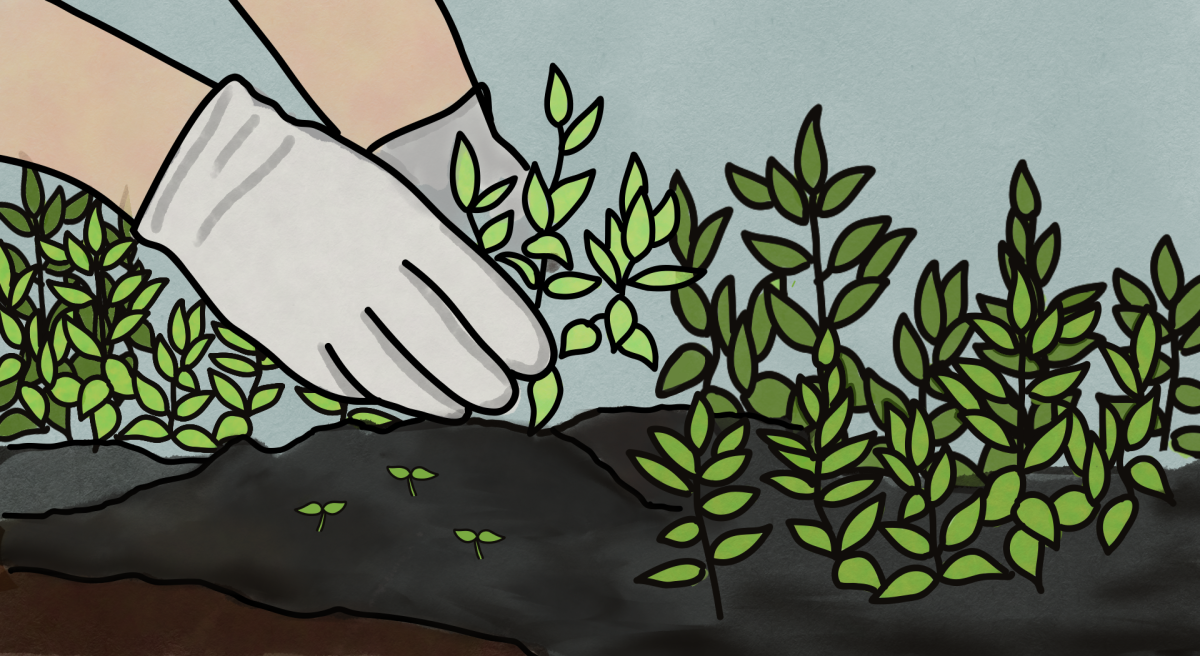
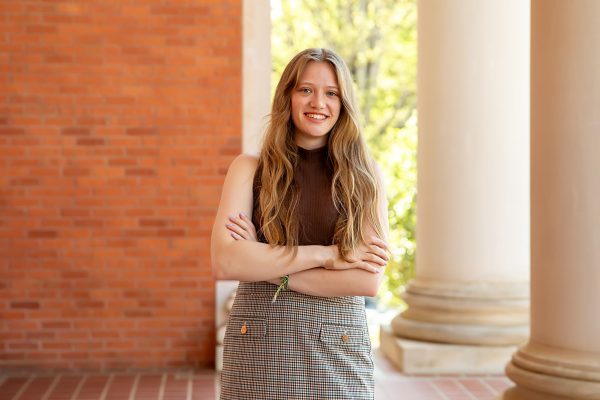
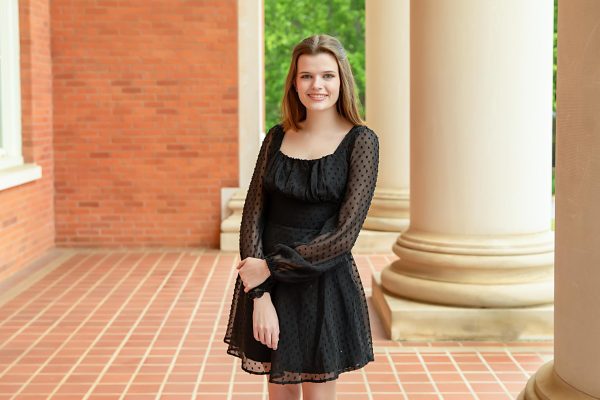
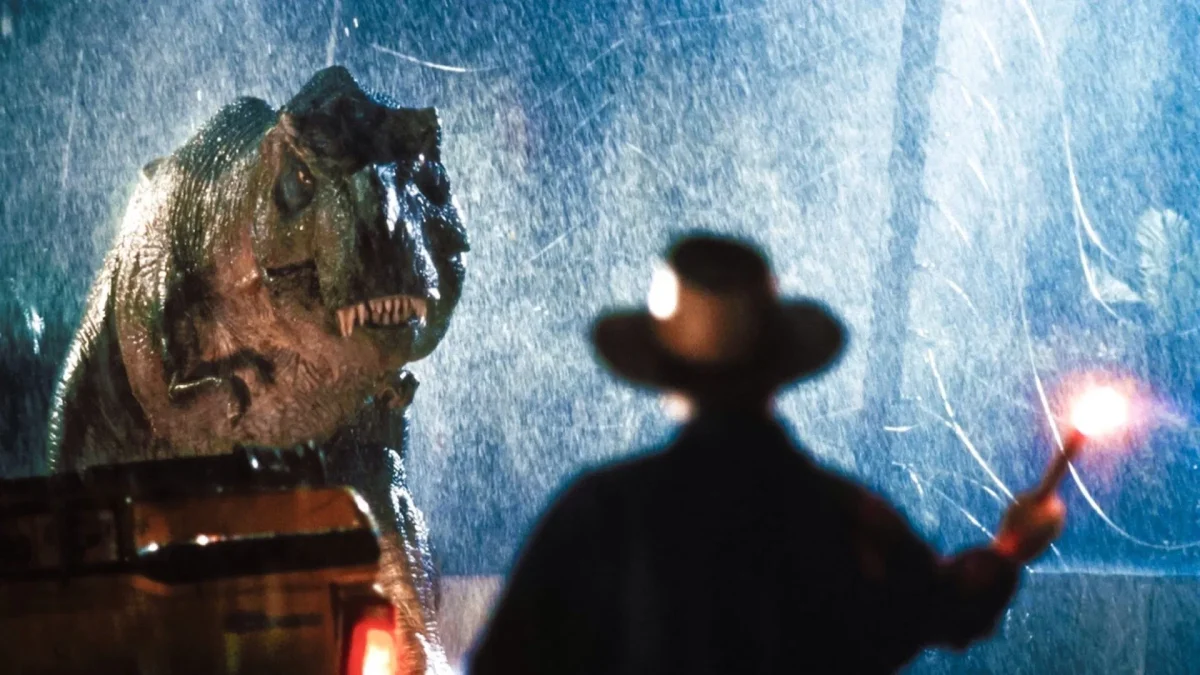
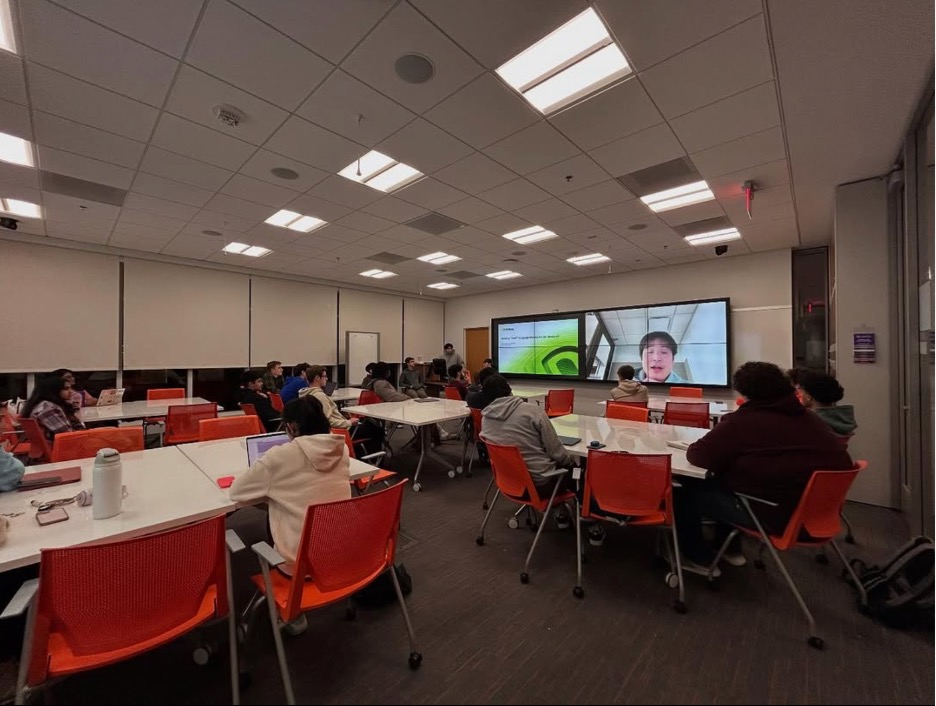

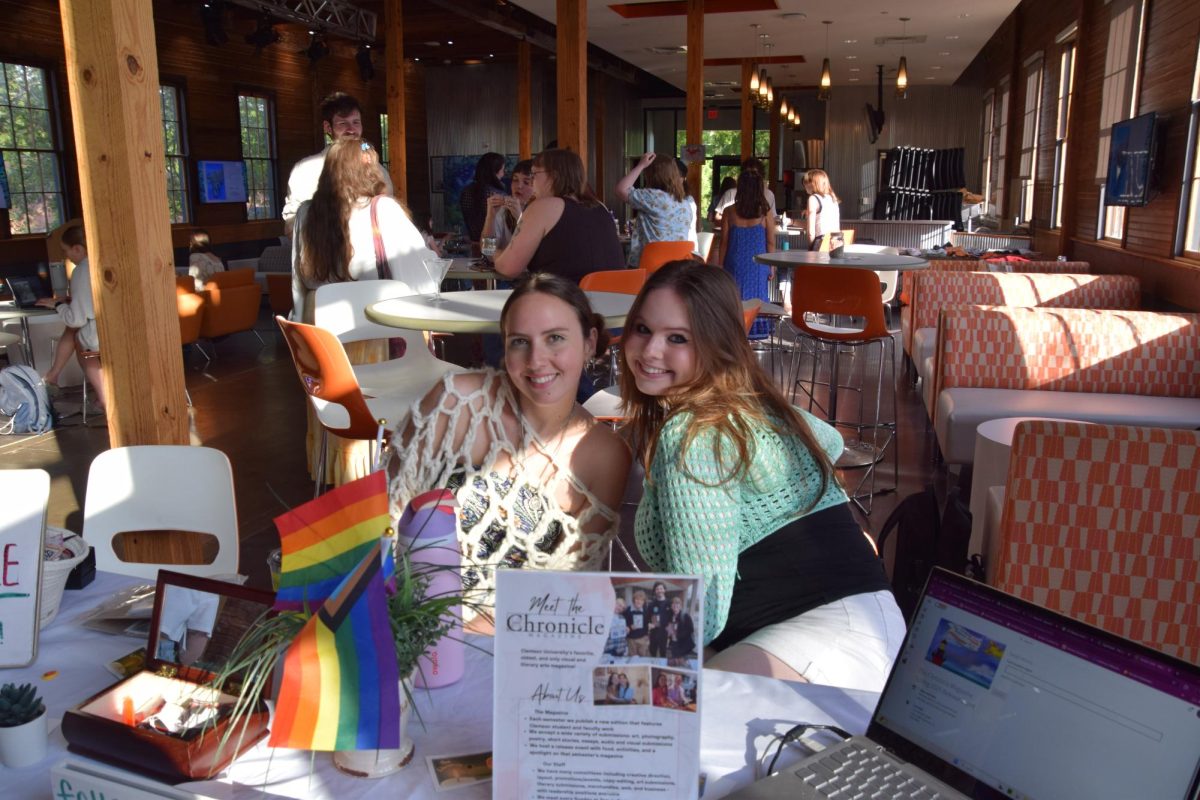
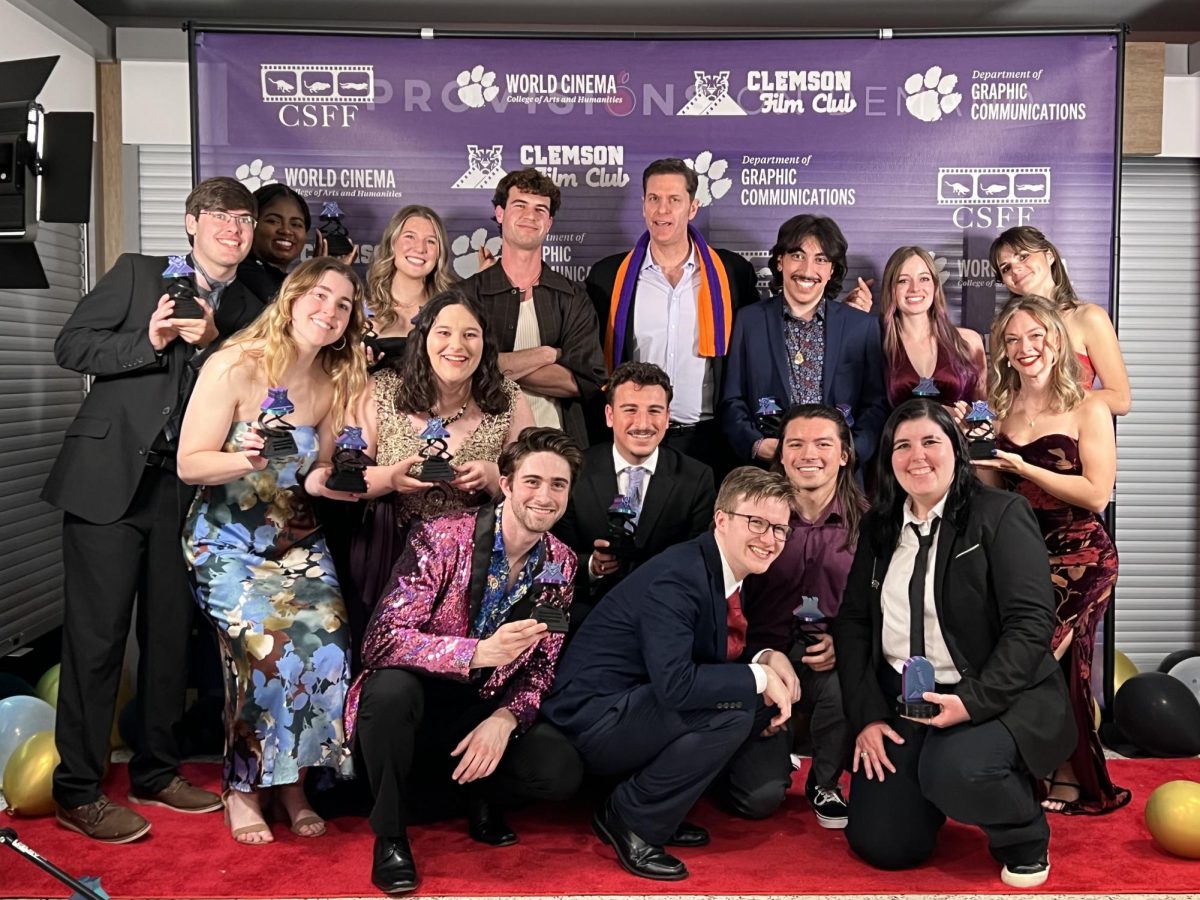
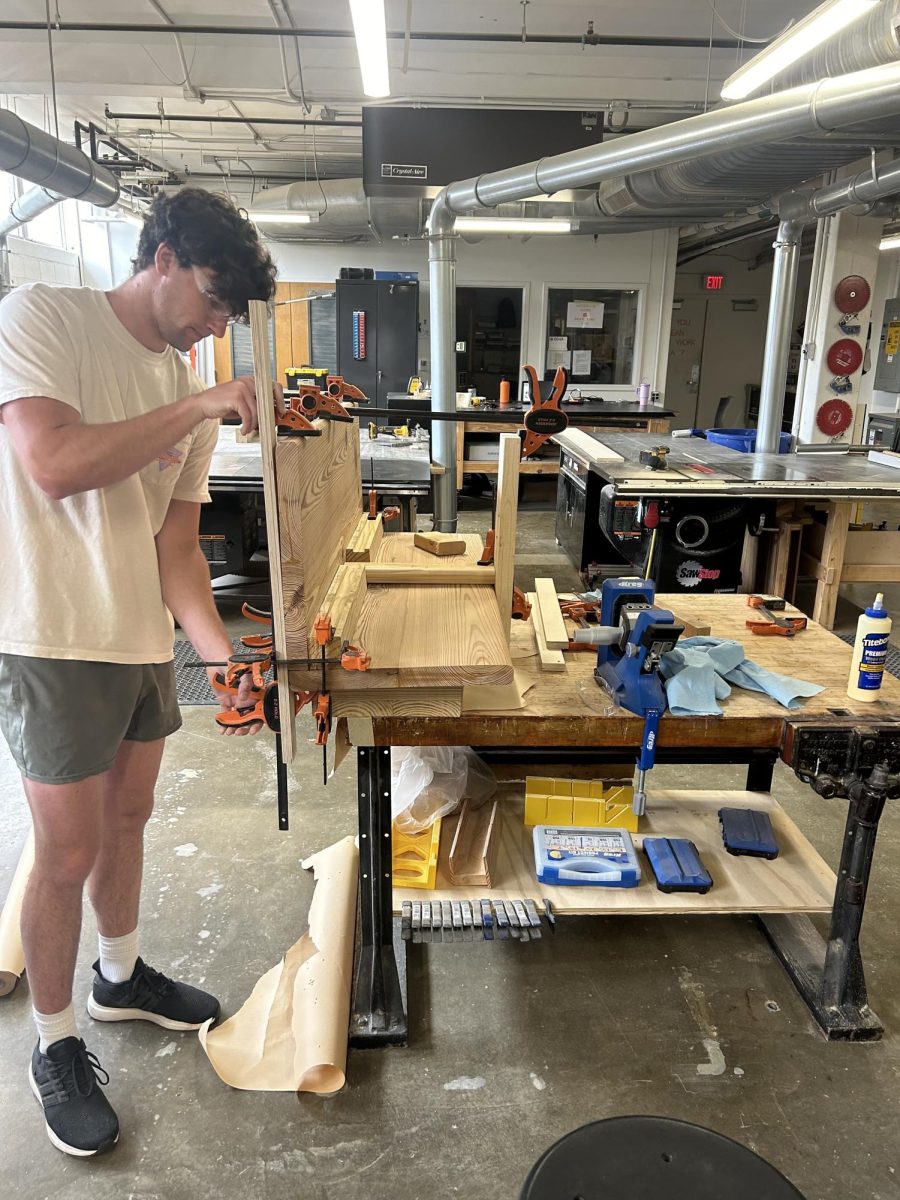



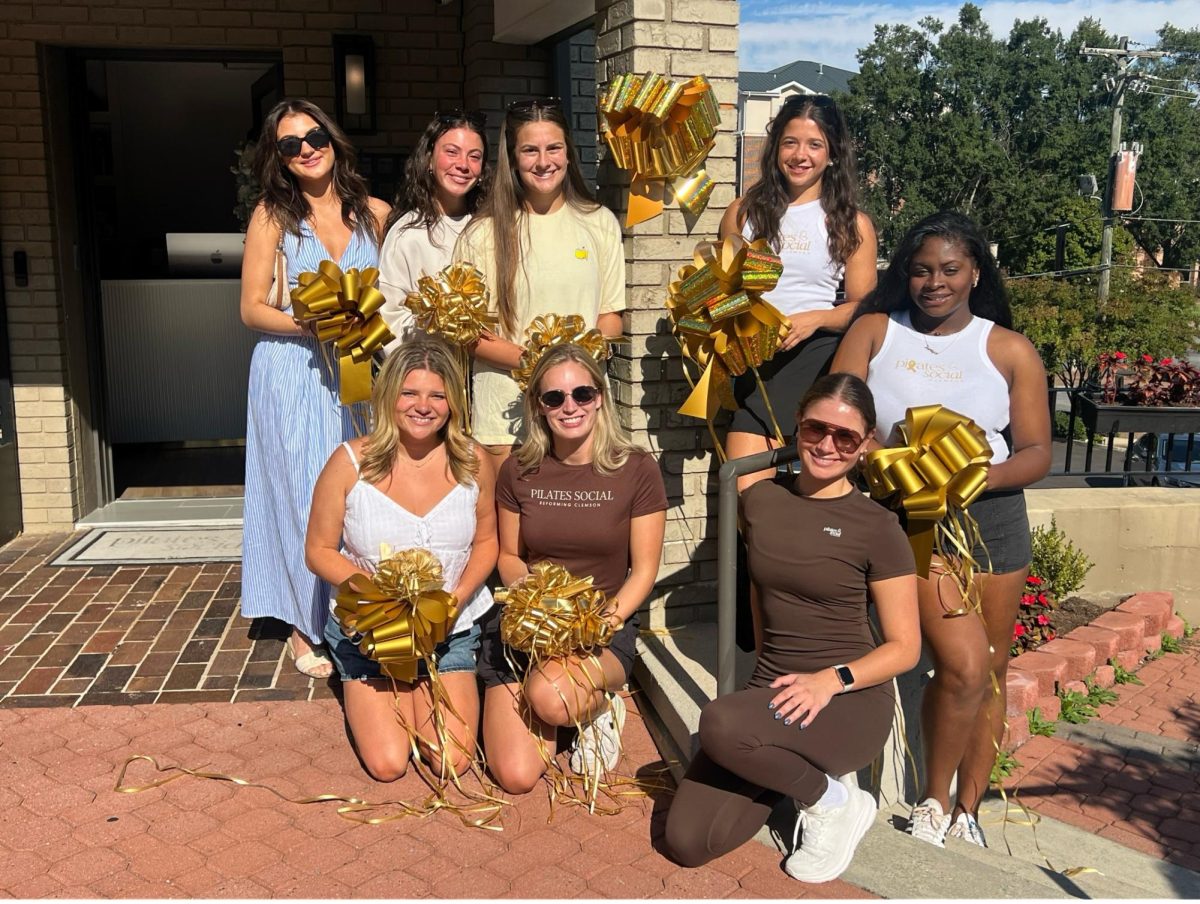
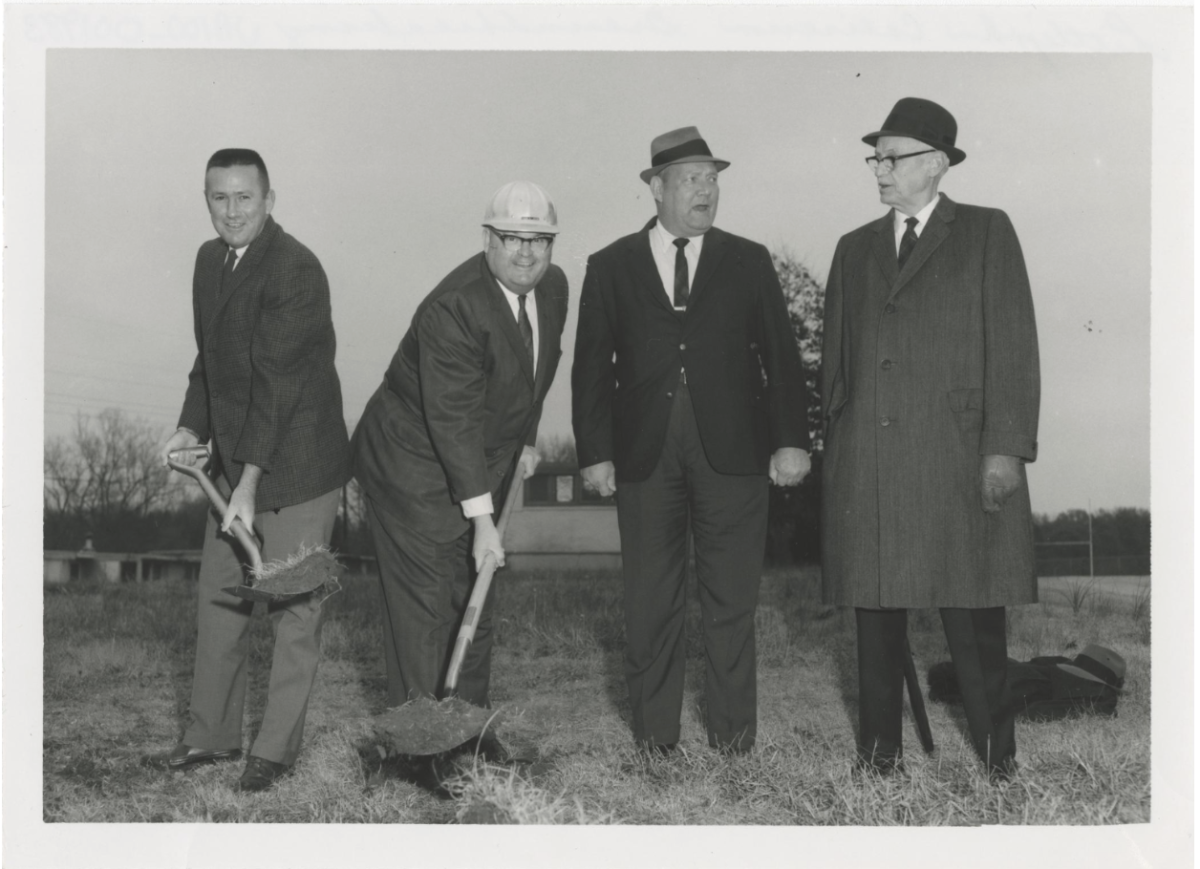

Andrew Evans • Jul 1, 2025 at 9:37 pm
Hey, can you fix my name? I enjoyed this interview, thank you for spreading the word about our Organization.
We have a lot planned for this next school year, so we’ll be sure to keep in touch!